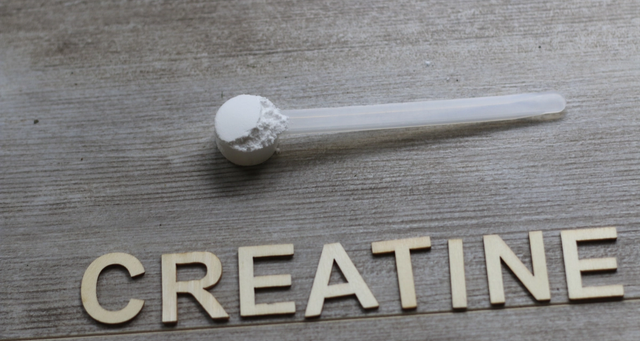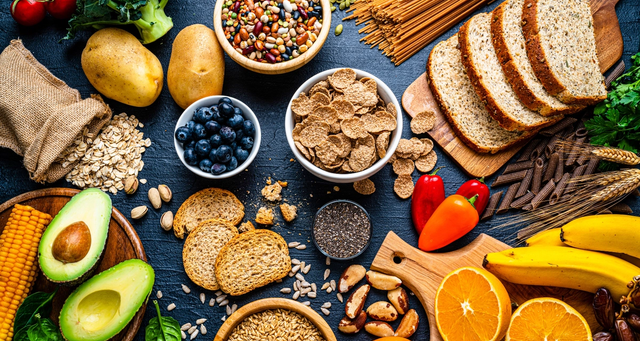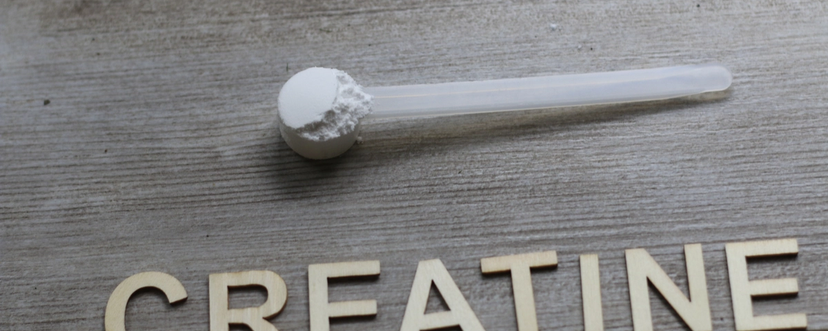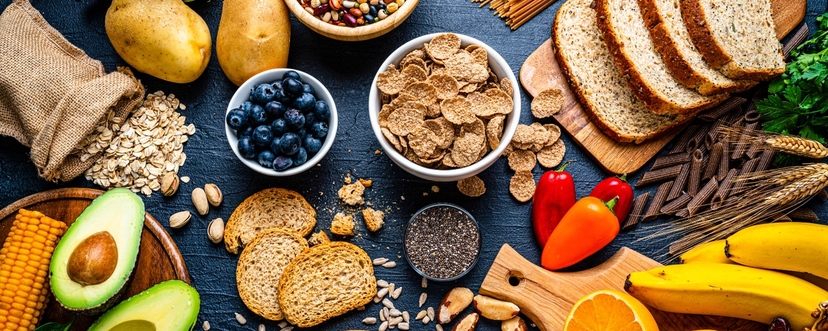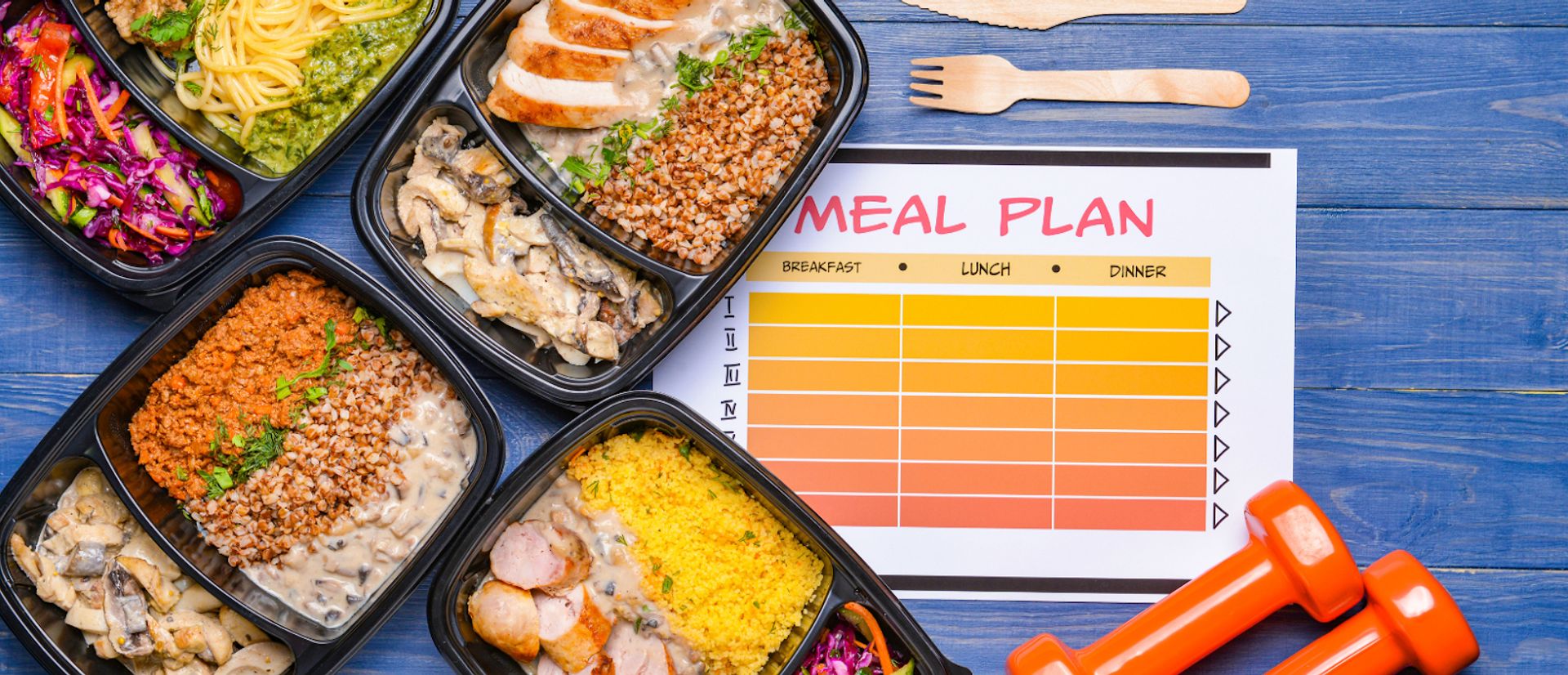
Training Meals: Best Times to Eat To Lose Weight
Eating after 8? Working out on an empty stomach vs. a full one? These questions often arise when trying to lose weight. If you’re confused about meal timing for weight loss, this guide has all the answers you’ve been seeking.
When it comes to losing weight, there is no shortage of advice out there. While some of it is useful, most of the viral tips and tricks are pretty confusing.
You probably already know that exercise and nutrition go hand in hand, but timing is one piece of the puzzle that often gets overlooked. Understanding the best times to eat to lose weight can make a noticeable difference in how your body performs, recovers, and burns fat.
The timing of your meals can influence everything from your energy levels during workouts to how full you feel throughout the day. It can also help you avoid common roadblocks like cravings, fatigue, or hitting a plateau.
Still feeling stuck?
In this blog, we will explore how meal timing fits into a healthy weight loss routine, how to time your meals around your workouts, and how personal trainers help clients make smart, sustainable choices that support lasting results.
Does Meal Timing Really Matter When You’re Trying to Lose Weight?
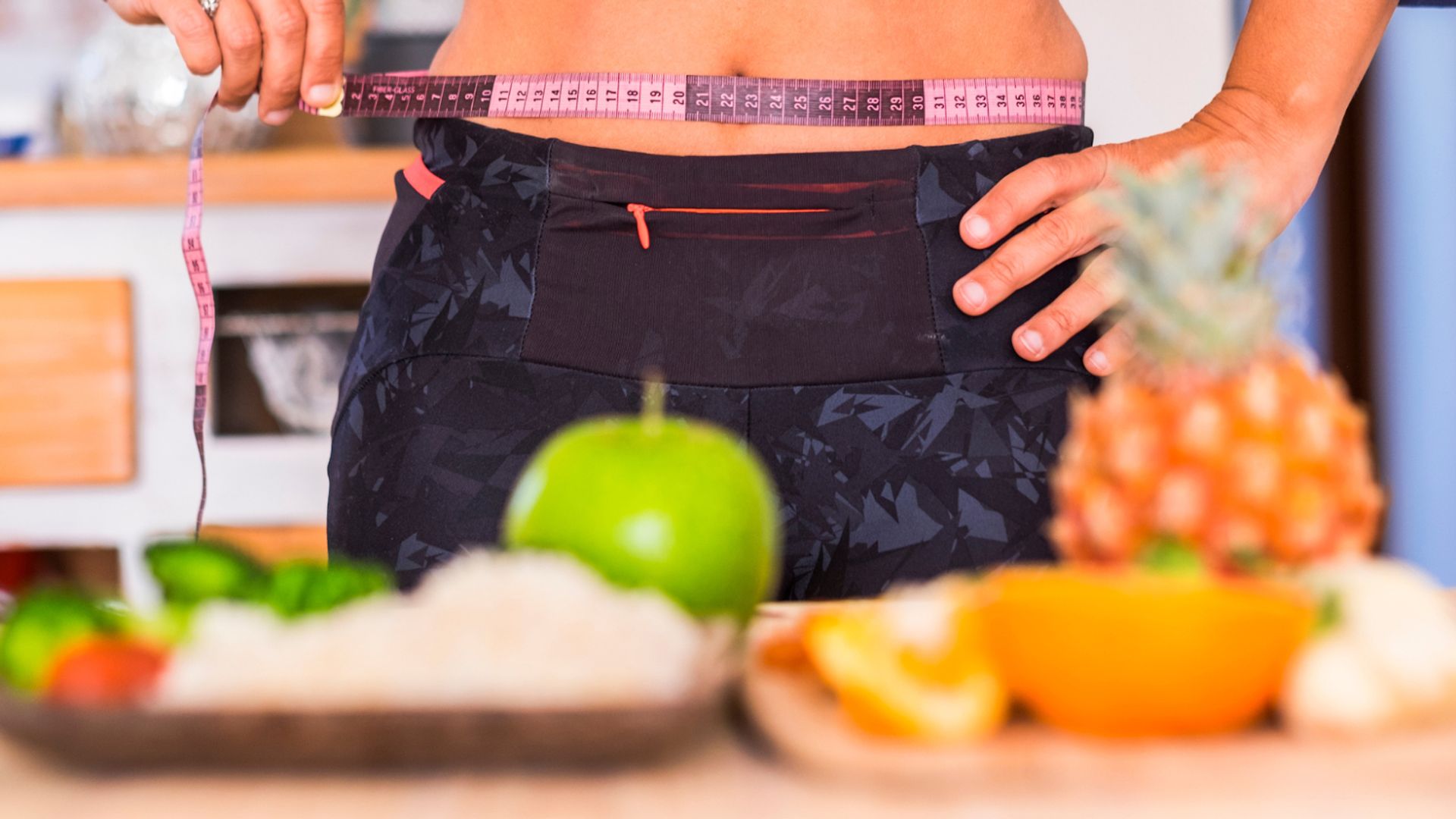
There is no magic window that guarantees fat loss, but there is plenty of science behind how meal timing influences appetite, metabolism, and workout performance.
It can’t be denied that our bodies favor rhythm. When you eat at consistent times and support your workouts with the proper nutrition, you are more likely to stay on track and feel your best.
Weight loss still comes down to a calorie deficit, which means burning more calories than you consume. However, how and when you fuel your body can affect how easy it is to maintain that deficit without sacrificing energy or recovery.
Let’s explore how meal timing can actually make or break your weight loss journey from a scientific perspective.
The Role of Blood Sugar and Energy Availability
Your body runs on energy. That energy comes from the food you eat, and your blood sugar levels help regulate when you feel alert, focused, and ready to move. If you wait too long between meals or eat inconsistently, your blood sugar can dip too low, leaving you tired and more likely to crave sugary snacks.
On the other hand, eating too frequently or without structure can lead to overeating. That is why timing your meals around your workouts and your natural energy rhythms can help keep you fueled, focused, and in control.
Training With and Without Food in Your System
Some people prefer to work out on an empty stomach, especially first thing in the morning.
Others feel sluggish without a snack or meal beforehand. Both approaches can work, but they depend on your goals and how your body responds.
Fasted workouts may slightly increase fat oxidation during the session, but they are not guaranteed to produce better results. If skipping a meal leads to poor performance or increased hunger later, it might backfire.
On the contrary, eating before a workout can help you push harder, maintain energy, and recover more efficiently, especially if you are doing strength training or higher-intensity exercise.
Pre-Workout Nutrition for Fat Loss: Top Tips

Eating before you work out can improve your energy and performance, but the timing and size of your meal matter. A heavy meal right before training can leave you feeling uncomfortable, while going in completely empty might cause fatigue or dizziness.
Finding the right balance is key. The best times to eat to lose weight usually involve having something in your system before training, without overloading your digestion.
If you’re feeling stuck, here’s some advice that can help you get a better grasp on your body’s natural rhythms and digestion:
When to Eat Before Working Out?
If you are eating a full meal, it is best to do so at least two to three hours before your workout. This timing gives your body time to digest and convert that food into usable energy.
A balanced meal with protein, carbs, and healthy fats works well for most people.
If you are working out within an hour, a small snack is usually more appropriate. Something light and easy to digest, like a banana with a spoonful of nut butter or even a slice of toast with cottage cheese, can give you just enough energy without weighing you down.
What Types of Foods Support Fat Burning?
Your pre-workout meal or snack should provide a source of fuel and help maintain stable blood sugar.
In practice, this usually means a combination of protein and carbohydrates. Protein helps support muscle maintenance and repair, while carbs provide quick energy for movement.
You do not need to load up on sugar or large amounts of food before a session. The goal is to feel energized, not full. Choosing whole, minimally processed foods helps your body perform better and feel satisfied throughout the day.
Post-Workout Meals That Support Recovery and Weight Loss

Once your workout is done, your body begins to repair the small amounts of damage caused by exercise. This repair process is how your muscles grow stronger, your metabolism stays active, and your body adapts to training.
Eating after a workout helps support all of these processes, which matters even when your goal is weight loss.
Skipping post-workout meals to save calories can slow recovery and make it harder to stay consistent over time.
Why the Post-Workout Window Matters
The term “anabolic window” refers to the period after exercise when your muscles are most receptive to nutrients. While that window may be longer than once thought, there is still a benefit to eating within an hour or two of finishing your workout.
Refueling with a mix of protein and carbs helps replenish your glycogen stores and kickstart muscle repair. It also reduces the chances of feeling ravenous later in the day, which can lead to overeating.
Best Macronutrients to Include in a Recovery Meal
Protein is essential for post-workout recovery.
It helps rebuild muscle tissue, supports metabolism, and reduces muscle soreness. Aim for about twenty to thirty grams of high-quality protein after your session.
Pair that with a moderate serving of complex carbohydrates, such as sweet potatoes, brown rice, or oats, to replenish energy. Including a small amount of healthy fat, like avocado or olive oil, can round out the meal and keep you full for longer.
Daily Eating Patterns That Support Fat Loss

Beyond the pre- and post-workout windows, the best times to eat to lose weight also depend on how you structure your meals throughout the day. Your eating pattern should support stable energy, reduce cravings, and fit naturally into your routine.
There is no one perfect schedule that works for everyone, but consistency is key. Most people do best when they avoid long gaps between meals and aim to eat around the same times each day.
Space Meals Throughout the Day
Eating every three to four hours helps regulate appetite and keep your energy steady. This routine could mean three meals and one snack, or four to five smaller meals spaced throughout the day.
Avoiding large, late-night meals and overly long fasts during the day can help prevent blood sugar spikes, energy crashes, and overeating in the evening. Regular, balanced meals make it easier to control portions and support weight loss without feeling deprived.
Align Meals With Your Circadian Rhythm
Some research suggests that eating earlier in the day may support better metabolic health.
Your body is more insulin-sensitive in the morning, meaning it processes carbohydrates more efficiently. This process can make breakfast and lunch ideal times for larger meals, with dinner being lighter and earlier.
While you do not need to eat at sunrise to see results, front-loading your calories, eating earlier in the day, and tapering off as the evening progresses, can support weight management and help you sleep more comfortably at night.
How Svetness Trainers Help Clients Build Smart Meal Timing Habits
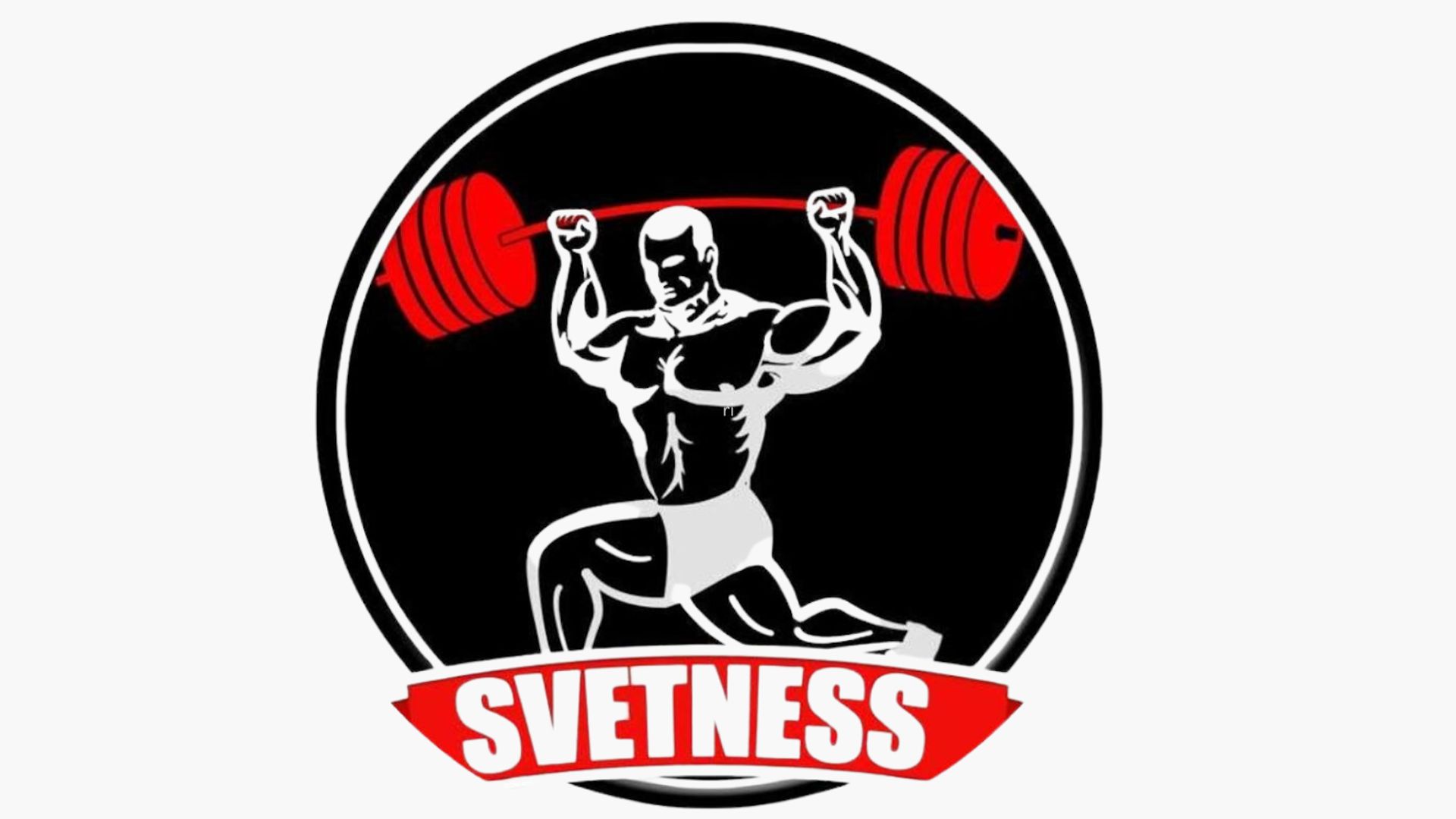
One of the biggest challenges people face when trying to lose weight is knowing how to eat around their workouts.
Should you eat before? After? What if you train at night or first thing in the morning?
The answer often depends on your goals, schedule, and how your body responds to different routines. That is where working with a trainer who specializes in personal training for weight loss can make all the difference.
At Svetness, our personal trainers do more than just coach workouts. They help clients understand the best times to eat to lose weight, how to fuel for their specific training sessions, and how to build healthy habits that fit into real life.
Ultimately, fitness nutrition is not about strict rules. On the contrary, it is about finding what works for you and sticking with it.
Personalized Support for Pre and Post-Workout Meals
Every client has a different routine. Some train early in the morning before work, while others prefer evening sessions after dinner.
Your trainer works with your schedule to recommend pre- and post-workout meal timing that supports your energy, recovery, and fat loss goals.
If you tend to feel lightheaded during workouts, your trainer might suggest a light snack beforehand. If you often skip meals after training, they will help you build an easy post-workout routine that supports muscle repair.
This personalized guidance helps you make better decisions without second-guessing every bite.
Building Consistent Eating Habits Around Workouts
Meal timing becomes much easier when it is part of a routine. Svetness trainers help clients develop structure around eating so they are not skipping meals, waiting too long between them, or relying on last-minute food choices that do not support their goals.
When you have a consistent routine, your body adapts. Hunger becomes more predictable, energy stays more stable, and it becomes easier to stay in a calorie deficit without feeling drained or deprived.
That consistency adds up over time, which is one of the main reasons clients working with trainers see steady, sustainable progress.
Support Beyond the Workouts
Nutrition can feel overwhelming, especially when combined with a new training program.
At Svetness, trainers provide simple, actionable advice to help clients eat in a way that fuels their workouts and supports fat loss. They also hold you accountable, checking in on your progress, adjusting your plan when needed, and making sure you are staying on track (not just in the gym, but in the kitchen too).
You do not need to follow a strict meal plan or count every calorie to see results. By learning the best times to eat to lose weight and building meals around your workouts, you can improve your energy, stay consistent, and enjoy better results without burnout.
Final Thoughts
There is no single formula for timing your meals, but understanding the best times to eat to lose weight can make a big difference in how you feel, perform, and how easily you stick to your plan.
Eating with intention, especially around your workouts, helps you recover better, manage hunger, and stay in control of your progress.
Focus on nourishing your body before and after training, spacing meals consistently throughout the day, and choosing foods that support your energy needs.
And if you are not sure where to start, working with a personal trainer can provide the structure, support, and strategy you need to make lasting changes.
At Svetness, our trainers help you build smarter habits around movement and meals, ensuring every part of your routine is aligned with your goals. With expert guidance and personalized support, you will feel more confident in your food choices and more empowered throughout your weight loss journey.
Note: We also have a certified nutritionist on board, in case you need some extra guidance!
Frequently Asked Questions
Do I have to eat before every workout to lose weight?
Not always. Some people feel fine training fasted, especially for lighter workouts or early morning sessions. Others perform better with fuel in their system. It depends on your energy levels, training intensity, and what helps you stay consistent.
What should I eat if I train early in the morning?
If you do not have much time, a small snack like a banana, a boiled egg, or a scoop of protein with water can give you enough fuel to train without feeling heavy. A balanced breakfast with protein and carbs works well before a morning session if you have more time.
Is it okay to eat after 8 PM if I’m trying to lose weight?
Yes! What matters most is your total calorie intake, not the exact hour you eat. That said, late-night eating can lead to poor food choices and overeating for some people. If possible, try to finish your meals a few hours before bed, especially if it helps you stay within your goals.
Can meal timing alone help me lose fat faster?
Meal timing can support better energy, performance, and appetite control, but it is not a magic fix. It works best when combined with a balanced diet, regular exercise, and consistent habits over time.
Start your Svetness journey today
Get a free consultation and see how our trainers can transform your wellness journey.
